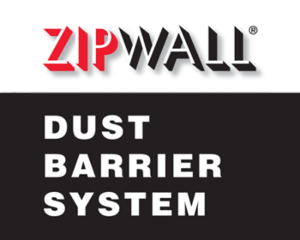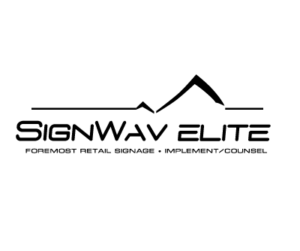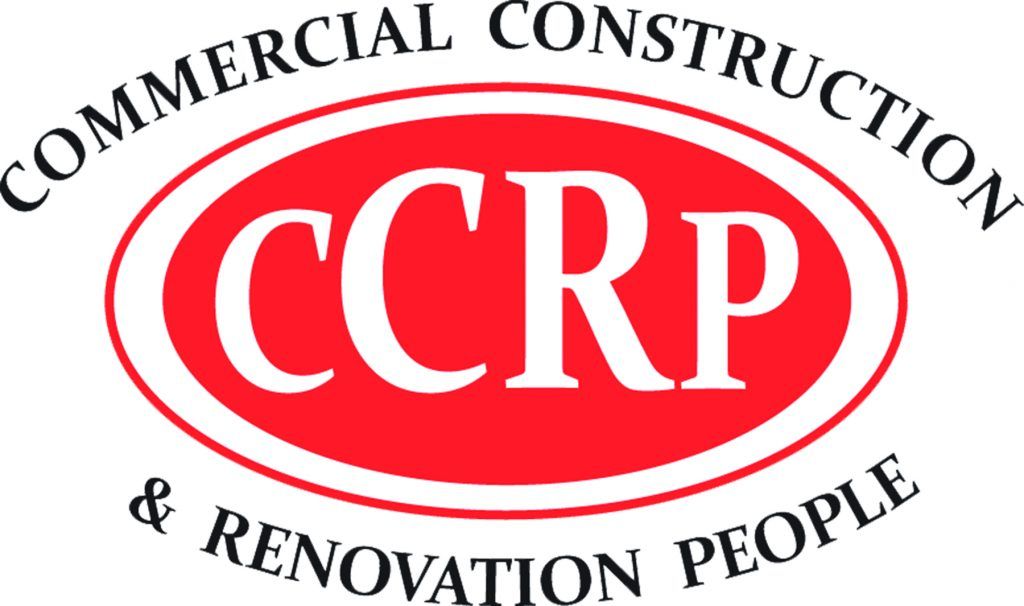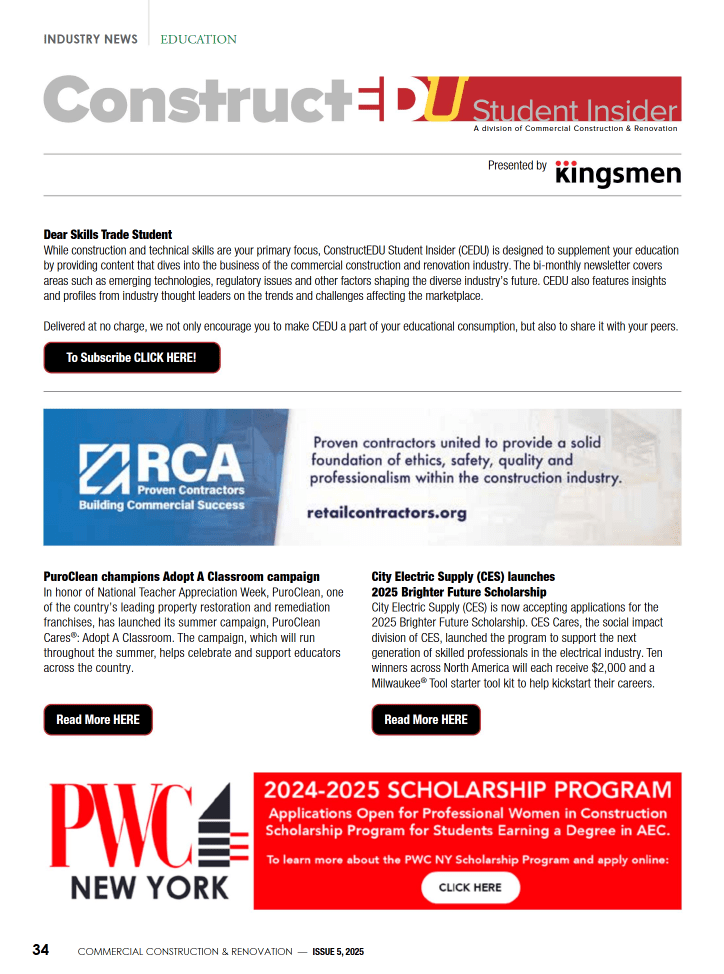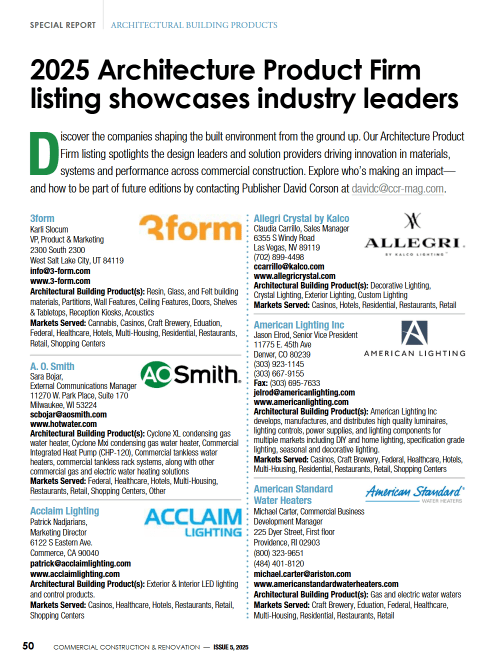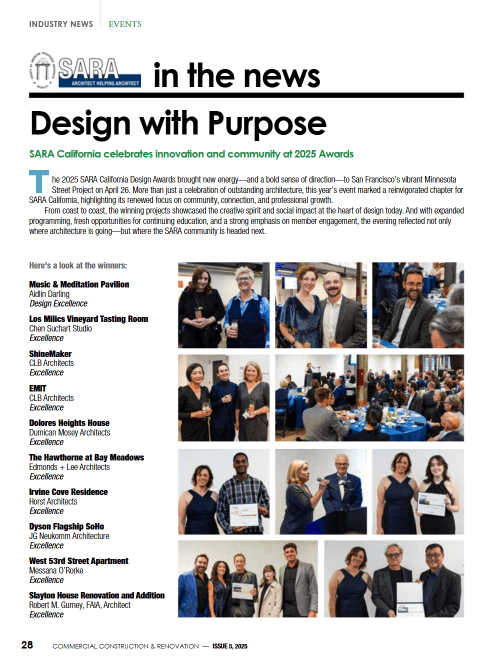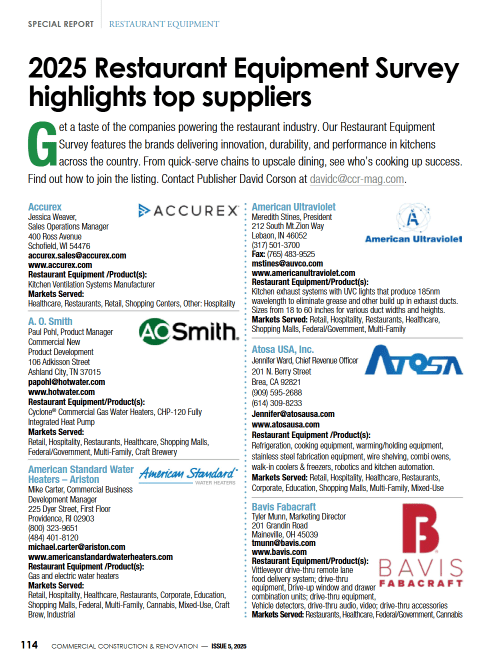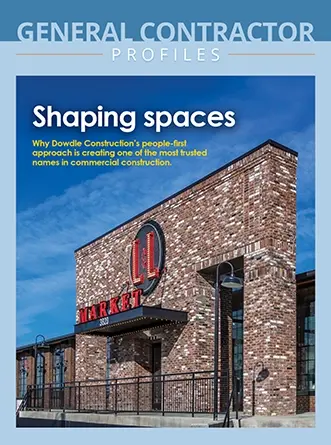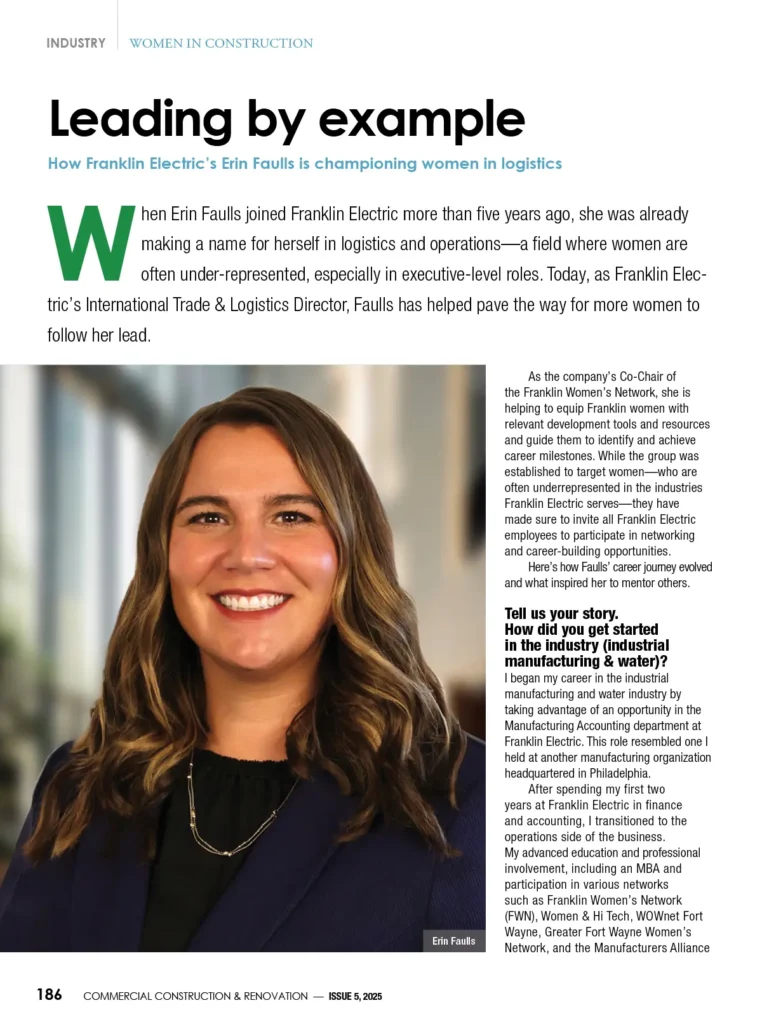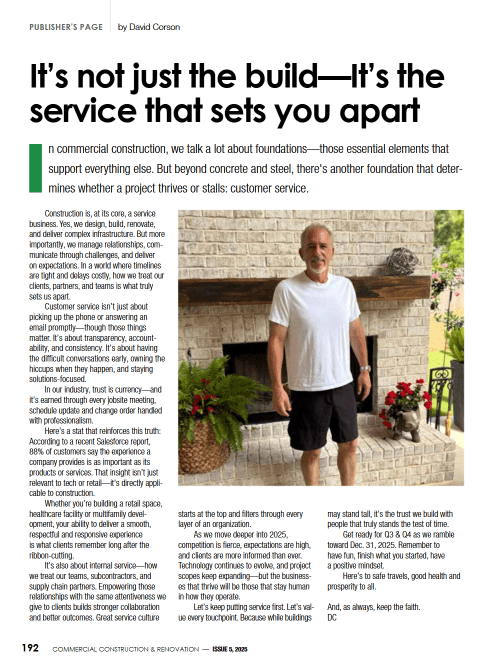Cargo transportation is a complex but repetitive process that follows carefully documented procedures and paperwork. The complexity, procedures, and requisite compliances also differ across transport avenues like land, sea, and air. Freight shipment remains one of the most documented forms of transportation.
Apart from other paperwork, which will mostly depend on what you are transporting, freight shipment has some non-negotiable documents you need to use both from the point of picking to the destination.
Most freight shipment documents are universally standardized (for international shipping) as it involves traversing the world from sea to sea, continent to continent, and ocean to ocean.
The Bill of Lading
The most important document you need for freight shipment is a bill of lading. You must have a bill of lading (BOL) to move a freight shipment successfully. The bill of lading works as a receipt of the freight services, evidence of contractual engagement between a freight carrier and shipper, and a title document.
A Bill of Lading remains a binding document; you must ensure all the details are processed and invoiced correctly if you are shipping cargo.
For a freight bill of lading to maintain its validity, it should typically contain some important aspects. The first and the most important are legible and written full names and addresses of the shipper and the receiver. It should also have freight reference numbers.
The freight may not be accepted without unique reference numbers (purchase orders). A bill of lading should also contain the pick-up date to help with tracing and follow-up.
In case of any particular additional guidelines that can help give more direction, the bill of lading is still the place for all that. Such could include shipments requiring special handling, any hazardous shipment, packaging type (carton, pallet, et cetera), the freight class(there are 18 classes), and any other that makes logical sense and is essential to enhance the safety of freight shipment.
The Two Types of Bills of Lading
There are two classes of bills of lading, working hand in hand to ensure the safe delivery of shipment.
Master Bill of Lading (MBL)
A Master Bill of Lading (MBL) is presented by the carrier—ship owner or operator—and represents the carriage agreement between the shipper and the carrier. The master bill of lading is crucial as the carrier prints and signs it. Once the carrier confirms the cargo receipt, the Master Bill of Lading is released to the entity that made the booking.
House Bill of Lading (HBL)
A House Bill of Lading (HBL) refers to a Bill Of Lading created by an Ocean Transport Intermediary (OTI), like a freight forwarder or non-vessel operating company (NVOCC), and is given to the supplier as soon as the cargo has been received.
The House Bill of Lading is a crucial document in shipping, as it’s the official acknowledgment of the receipt of shipment. The house bill of lading requires the consignee to be the exact cargo receiver and the shipper to be the exporter of the cargo.
Contrasting a Master Bill Of Lading (MBL) and a House Bill Of Lading (HBL)
Some of the notable differences between master and house bills of lading including:
Differences Based On Issuing Agency
MBL is issued by actual carriers, such as Maersk, and HBL is issued by a forwarder company and usually lists the actual shipper and consignee.
Differences Based on the One Who Signs
The carrier or their agent signs MBL, while the forwarding company signs HBL without any agency indication of the carrier.
Differences Based On Pre-Printed Forms
MBL is issued on a pre-printed form of an actual carrier’s bill of lading, while HBL is issued on a pre-printed form of a forwarder company’s bill of lading.
Differences Based On Rules Subjected To
Hague Rules always govern MBL, The Hague-Visby Rules, and US COGSA (an acronym for US Carriage of Goods by Sea Act 1936), while HBL has some more freedom from such legal frameworks. HBL may or may not be subject to the Hague legal framework, The Hague-Visby Rules, as well as US COGSA (US Carriage of Goods by Sea Act 1936).
Differences Based On Legal Protection
This has to do with the protection that either of these bills of lading can offer to you. MBL states the terms and conditions of the carriage. As a result, the consignee may have protection if the goods are destroyed or lost in transit. HBL, on the other hand, states the terms and conditions of the forwarding company.
As a result, the consignee will not have legal protection if the goods are damaged or lost in transit. There is no way around this since the two bills are primarily complementary rather than demonstrating mutual exclusivity.
- Differences Based On Stated Number
- MBL indicates the actual carrier’s bill of lading number, whereas HBL States the forwarder company’s bill of lading number.
- Differences Based On the Number of Exporters Served
A house bill of lading (HBL) is always a receipt for a shipment from a single exporter. In contrast, a master bill of lading (MBL) is a receipt that could take care of many exporters’ shipments as the carrier consolidates them into a larger shipment.
Bottomline
Freight shipment is documentation and paperwork intensive. One of the most critical documents in freight shipment is the bill of lading. There are two bills of lading; a house bill of lading and another complementary bill of lading known as a master bill of lading. This article explains the two bills of lading and lists considerable differences to help you understand them well.








